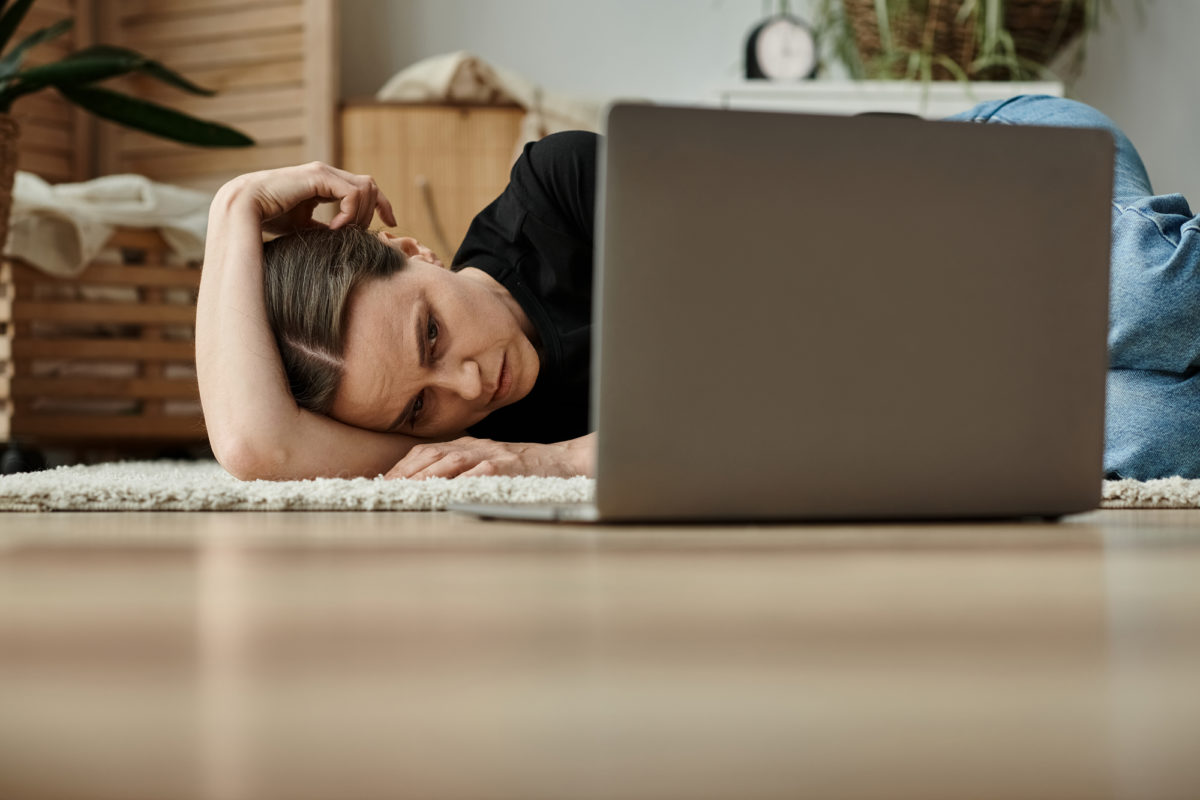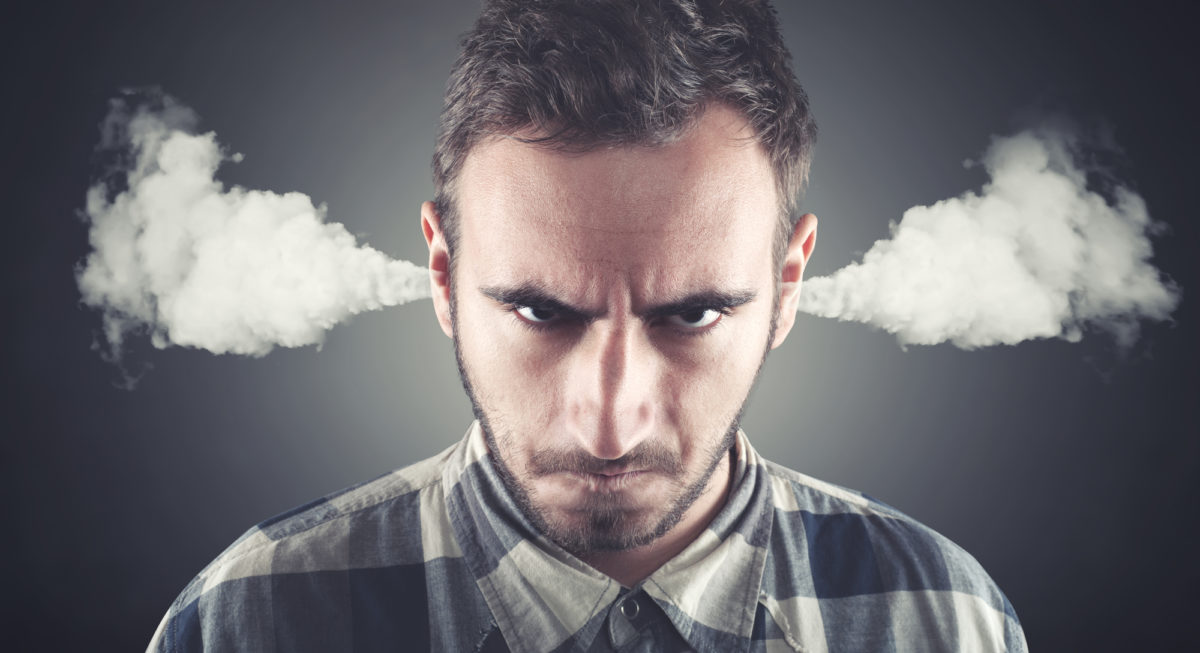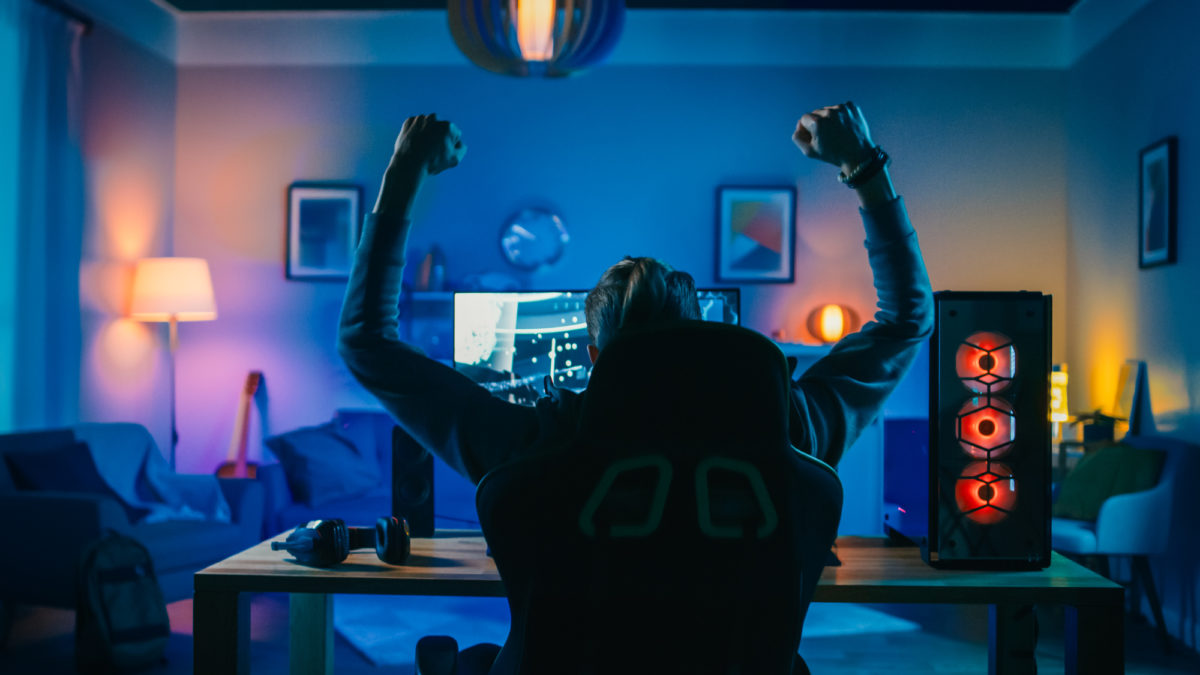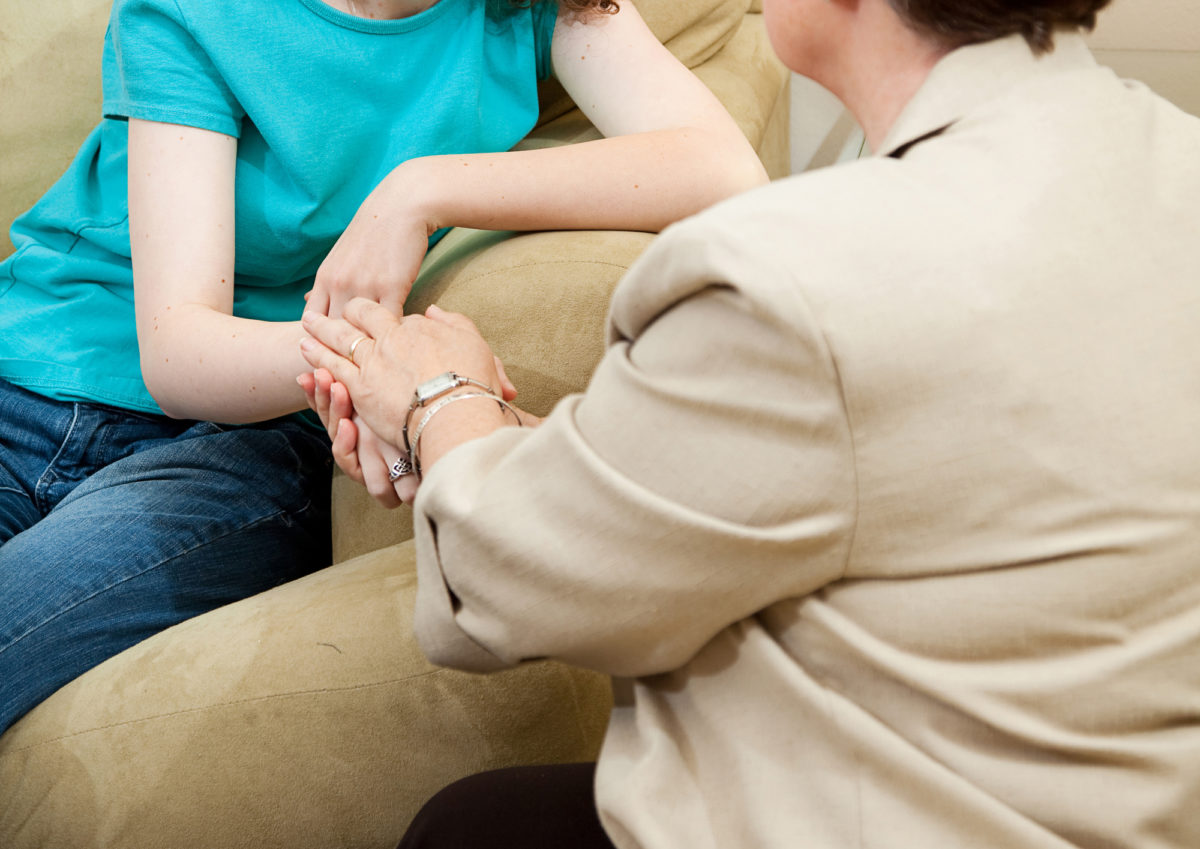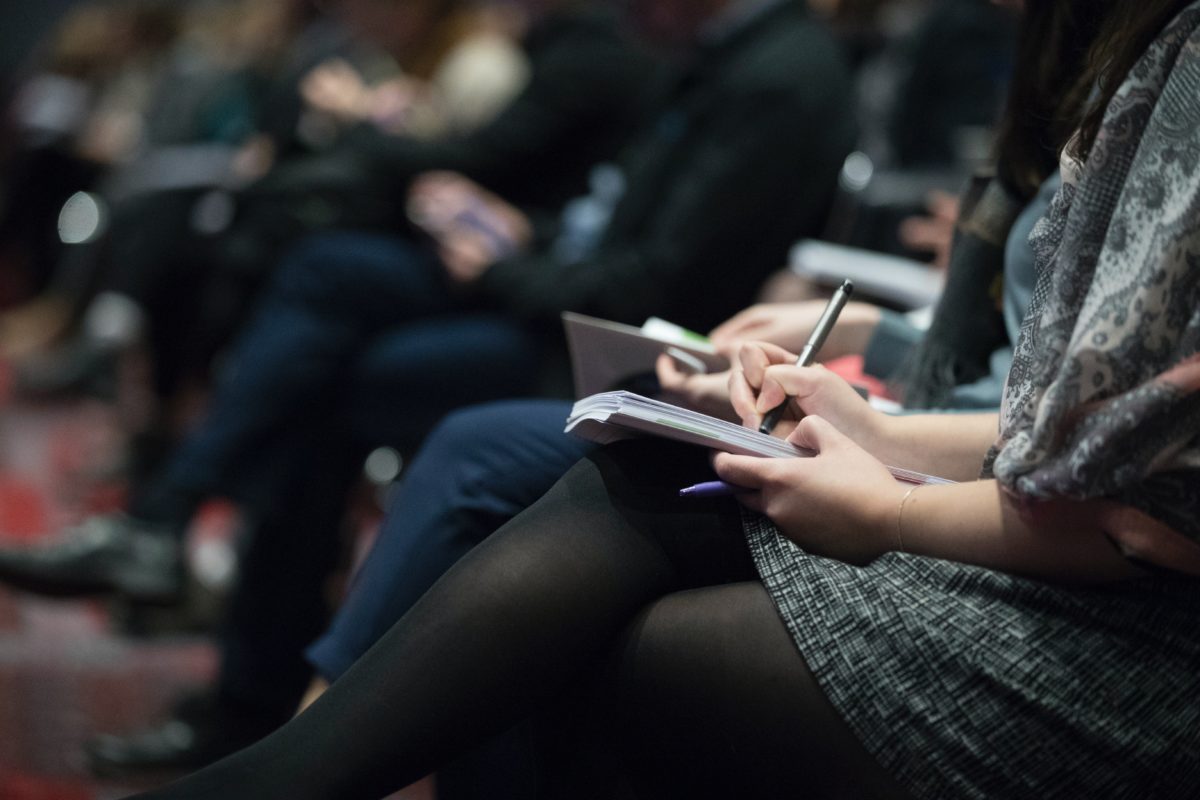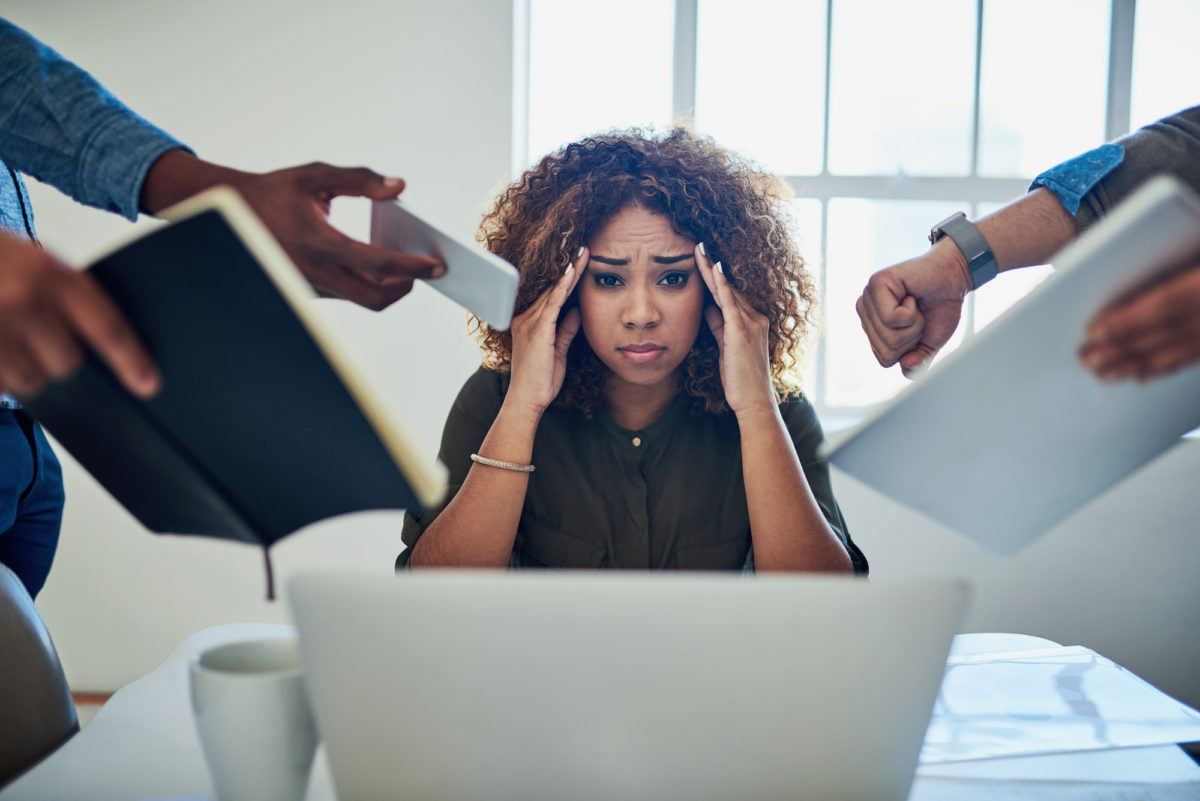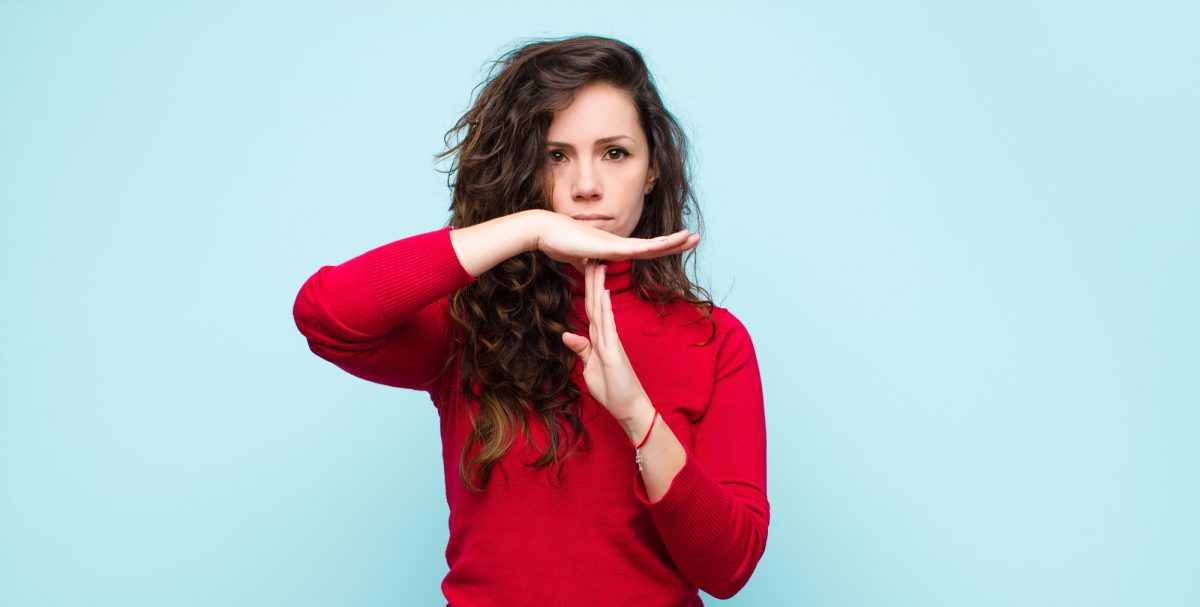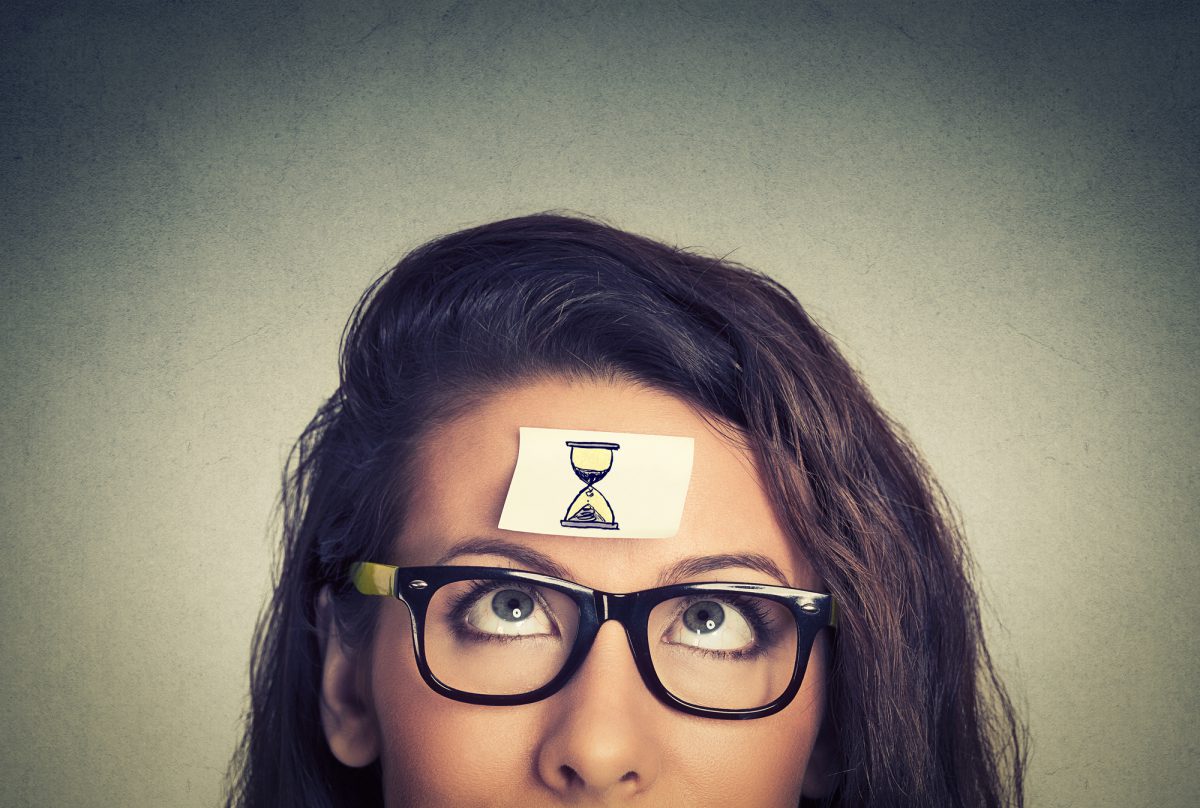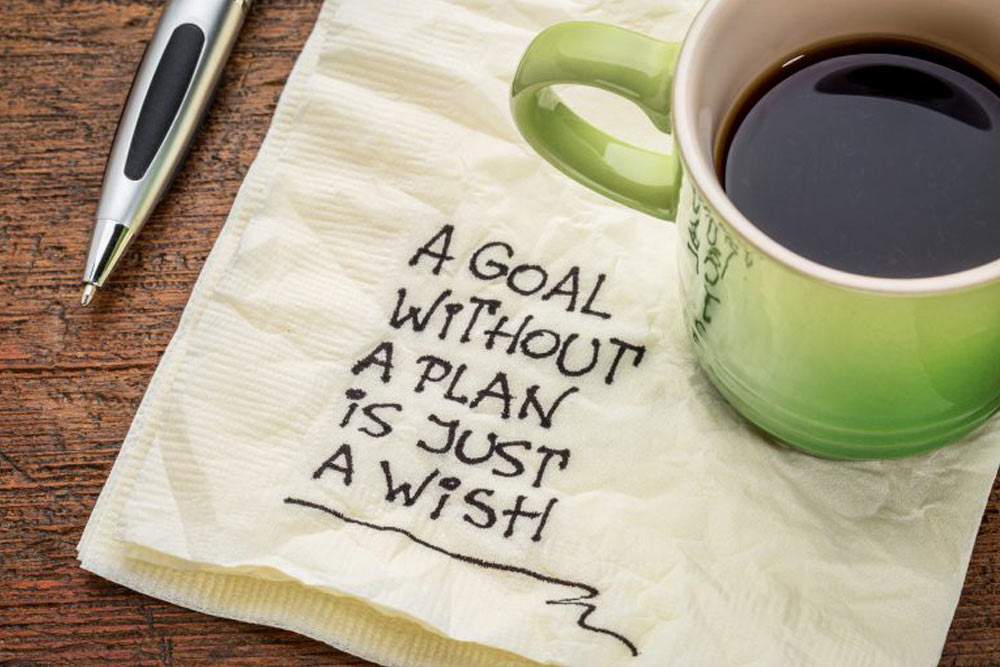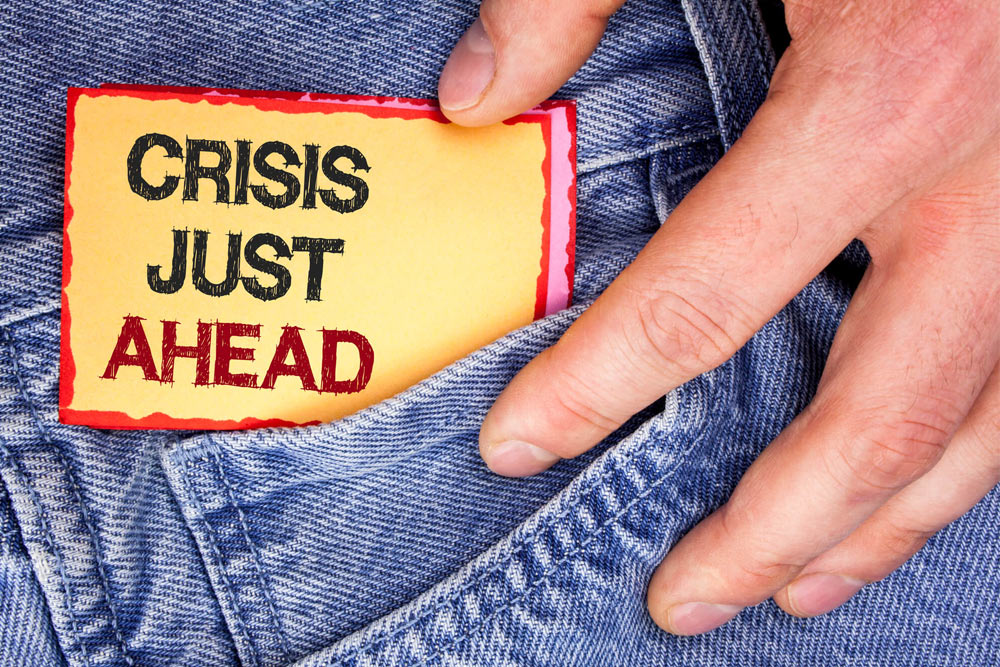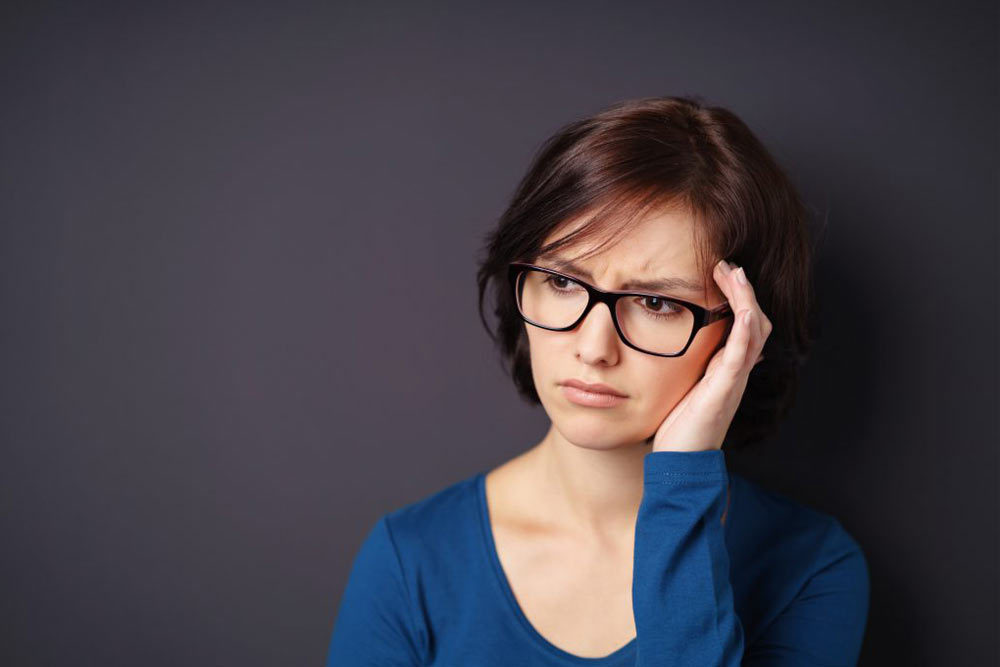Many of us rush around in our everyday lives, trying to accomplish a long list of tasks, never really allowing ourselves the time for a creative outlet. Jobs, family, household chores, and other commitments can sap our energy and leave us emotionally bankrupt.
New studies show that making time to engage in creative endeavors is exactly what you should be doing to maintain a positive mental outlook. Let’s take a look a how creativity affects your outlook and can get you back in touch with your true self.
Creativity Improves Your Outlook
A recent study in the Journal of Positive Psychology (Tamlin, Conner, DeYoung & Paul, 2016) indicates that engaging in a creative activity just once a day can lead to a more positive state of mind. Researchers at the University of Otago constructed a study to understand if creativity impacts one’s emotional well-being, based on the growing belief that there is a connection between creativity and emotional functioning. To test this hypothesis, they evaluated the responses of 658 young adults; each day the participants documented how much time they spent on creative endeavors as well as the positive and negative emotional changes they perceived.
After 13 days, the researchers reviewed the participants’ responses and discovered an “upward spiral for well-being and creativity” in those individuals who engaged in daily creative pastimes. In brief, creative activities provided a measurable boost in positive affect during the following day. The researchers also examined participant data from a “flourishing scale” that asked individuals to rank responses to various questions such as “Today my social relationships were supportive and rewarding.” These rankings correlated to creative engagement, implying that creativity may, in fact, impact both happiness in social relationships and positivity in the workplace.
How does this translate from research to practical application? A creative activity can be as simple as keeping a doodle journal, knitting, playing a musical instrument, or designing a garden for spring planting– in other words, activities that almost anyone can do. So express yourself in some way you enjoy on a regular basis, just once a day and benefit from a more positive state of mind. In other words, being creative helps us “feel better” and in turn, it impacts other aspects of our lives.
(Source: Creativity and Emotional Well-Being: Recent Research)
Creativity allows us to harness destructive energy and release it through a creative activity. By focusing this energy into concentration on a creative work, you help avoid depression and open your mind to new discoveries. Incorporating creative activities into your life can lead you to new places and ways to engage with the world around you.
A study by the British Journal of Occupational Therapy followed the emotional well-being of 3,500 knitters worldwide. The study reported that there was a significant relationship between knitting frequency and feeling calm and happy. Other studies have found that creativity helps with psychological resilience – the way you handle outside stressors – and control over emotional pain and depression.
Creativity Helps Recover Your Sense of Self
According to the definition set by Internal Family Systems (a therapeutic modality), the self never actually gets lost. It just gets overtaken by sub-personalities that take on extreme roles—for example, a highly critical part, an unforgiving taskmaster part, a raging part, an alcohol-binging part—to protect our most vulnerable, wounded parts, which become exiled in our bodies. These exiled parts develop in childhood when the self, in its natural state, is overtly or tacitly rejected, shamed, or criticized. Although they hide from our awareness, we can sense them whenever something triggers a strong emotional reaction. Once triggered, protective parts step in to protect the exile, either by controlling a situation or distracting us because they fear we can’t handle the emotional intensity of our old wounds. As various parts mobilize to protect the exile from overwhelming the self, the self essentially “gets lost.”
How then can creativity reconnect us to the self? On a simple level, engaging in creative acts help us reconnect with more enduring, divine-like qualities of the self. After all, the self is naturally creative. The poem we write, the picture we paint, the music we perform, the photograph we take, the dance we express, can become a mirror of our inner world, reflecting back the self-quality of creativity that might otherwise get drowned out by a cacophony of noisy exiled and protective parts.
This also explains why self-expression can be so anxiety provoking—part of us may seek the buried treasure submerged in our psychic depths, while another part of us may fear to dredge up monsters. Thus, the value of a skillful guide/therapist.
That’s why creativity also calls upon another aspect of the self—courage. As psychologist and creativity guru Rollo May points out in this signature work, “Courage to Create,” the creative act is the outcome (synthesis) of various dialectics (conflicts, contradictions, and tensions).” In other words, creativity can be a means of allowing our inner conductor, the self, to dialogue with, and resolve and reflect the tensions between, our various parts.
Thus, creative expression becomes a corrective lens, allowing us to catch glimpses of what is normally out of sight, including our own divine virtues. Once we behold our creation—the painting, the film, the poem, the ballad—we can’t help but know, and maybe even appreciate, the conductor and our inner orchestra just a little bit better. Looking in this mirror, we see perhaps that we are the sum of our parts, but also so much more.
(Source: The Self, Lost and Found)
Art Therapy, Creativity, and Emotional Well-Being
One way to engage in the creative process and improve your emotional well-being is to participate in art therapy. Art therapy uses simple art activities to help you express yourself through drawing, sculpture, collage or painting, helping you to communicate what you sometimes cannot say through words alone.
Art therapy combines psychotherapy with some form of visual art, led by a trained art therapist. Art therapists understand how color, texture, and media can help reveal thoughts, feelings and psychological disposition.
Art therapy programs have been shown to improve outlook and mood by allowing creative expression to calm the body and release chemicals in the brain that decrease depression.
Even if you are not able to draw a straight line, you have the capacity to use the creative process to enhance your emotional well-being. Creativity does not have to be elaborate or groundbreaking. It can be whatever you want. Whether you engage in creativity on your own for a short period of time each day or seek out a licensed art therapist to help you express your inner world, start today to change your outlook through creative expression.







